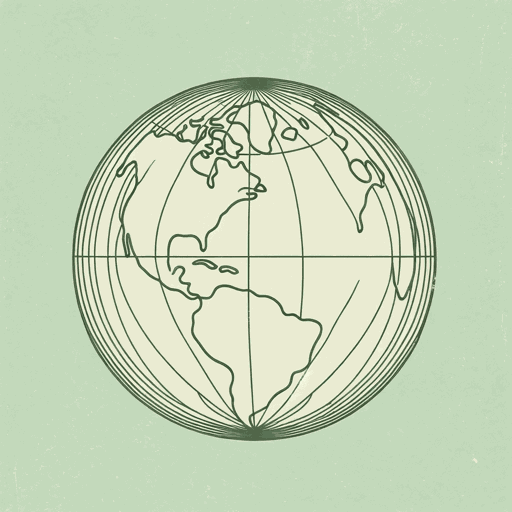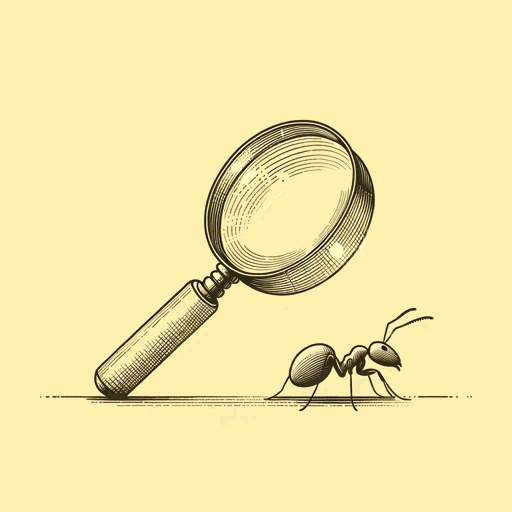43 pages • 1 hour read
Edward O. WilsonThe Future of Life
Nonfiction | Book | Adult | Published in 2001A modern alternative to SparkNotes and CliffsNotes, SuperSummary offers high-quality Study Guides with detailed chapter summaries and analysis of major themes, characters, and more.
Summary and Study Guide
Overview
The Future of Life is a 2002 non-fiction book of popular science by the two-time Pulitzer Prize-winning writer and biologist Edward O. Wilson. In the book, Wilson draws on his decades of experience as a biologist of invertebrates, as well as his years spent advocating for conservation causes, to paint a picture of the threat people pose to the world’s biodiversity and to suggest ways that humanity can change course. The book is structured as a series of seven essays in which Wilson first describes the breadth and depth of the planet’s biodiversity, then moves on to discuss the reasons why biodiversity is shrinking, and finally offers some potential solutions.
Wilson opens the book with a letter to the 19th-century writer and naturalist Henry David Thoreau, whose influential book Walden offered a vision of how humans could live in harmony with nature. Wilson recounts his own past visits to Walden Pond, Massachusetts—where Thoreau lived for two years, and which inspired his major work—and imagines going back there with Thoreau himself. In some ways, Walden Pond would look much the same to Thoreau, Wilson writes. The world beyond would be unrecognizable, however, with the global population having grown by roughly five billion people, the planet’s wildernesses carved up and diminished, and biodiversity in steep decline.
In Chapter 1, Wilson describes some of the more remarkable life forms that make up the planet’s biodiversity. Many of these are extremophiles—species that are uniquely adapted to survive in some of the harshest conditions on Earth (and in some cases, potentially, in outer space), such as Deinococcus radiodurans, a type of bacteria that can withstand levels of radiation thousands of times higher than those that would kill a human being. Wilson also describes some of the most extreme environments in which life might be found, including Mars and Europa, Jupiter’s second moon, as well as Antarctica’s Lake Vostok, which is found two miles under the East Antarctic Ice Sheet and is at least a million years old.
From these extreme examples, Wilson moves to discussing what constitutes biodiversity—it’s made up of ecosystems, species, and genes—and offers an explanation for why species are the unit by which biologists most often measure biodiversity. Finally, he notes that biologists are constantly discovering new species—even as many of those species disappear.
In Chapters 2 and 3, Wilson explores some of the reasons for that disappearance. The first of these is overpopulation. In Chapter 2, Wilson explores how explosive population growth in the 20th century has been accompanied by a sense of optimism that the planet can sustain infinite economic growth. Wilson exemplifies these views in a letter from an economist who insists that science and technology can be used to ensure rising living standards even as the population grows larger. Wilson then imagines an environmentalist’s counterargument that human demand has already outstripped the productive capacity of the planet, and that this could lead to ecological and economic ruin. As a possible example, Wilson examines China, whose large population makes the country vulnerable to environmental collapse, just as the rest of the world will be if current population growth continues. In Chapter 3, Wilson examines other ways in which humans have contributed to environmental destruction: by destroying habitats, importing invasive species, and overharvesting. Hawaii is the paradigmatic illustration of these interactive forces, Wilson writes, as its once wide variety of endemic species has been in steep decline for multiple reasons since the first arrival of humans.
In Chapters 4-6, Wilson explores the deep roots of humans’ destructive relationship with the planet. As evidence, he points to the longstanding pattern between the extinctions and human activity, a pattern that he notes dates back tens of thousands of years, to the period when Homo sapiens was spreading across the globe. While humans, and their preoccupation with short-term survival, have had a negative impact on biodiversity for thousands of years, by adopting a longer-term view—for instance, considering how ecosystems perform essential services that would be difficult or impossible to engineer—humans may come to understand how their survival in the future is tied to the preservation of other forms of life. Even more importantly, he says, nature is essential to our emotional well-being, as it is a source of mystery and wonder, and love of non-human life is an innate capacity in human beings.
Wilson ends the book with a chapter devoted to exploring potential solutions, which range from protesting inaction regarding the destruction of biodiversity to setting aside half of the planet for its preservation, and many other possibilities in between. While the challenge will require coordination between governments, non-governmental organizations, and citizens, Wilson ends by expressing hope that humans will choose to accept responsibility for the preservation of life on the planet.
Related Titles
By Edward O. Wilson

Consilience
Edward O. Wilson

Half-Earth: Our Planet’s Fight for Life
Edward O. Wilson

Letters to a Young Scientist
Edward O. Wilson

On Human Nature
Edward O. Wilson

The Diversity of Life
Edward O. Wilson

The Meaning of Human Existence
Edward O. Wilson

The Social Conquest of Earth
Edward O. Wilson

